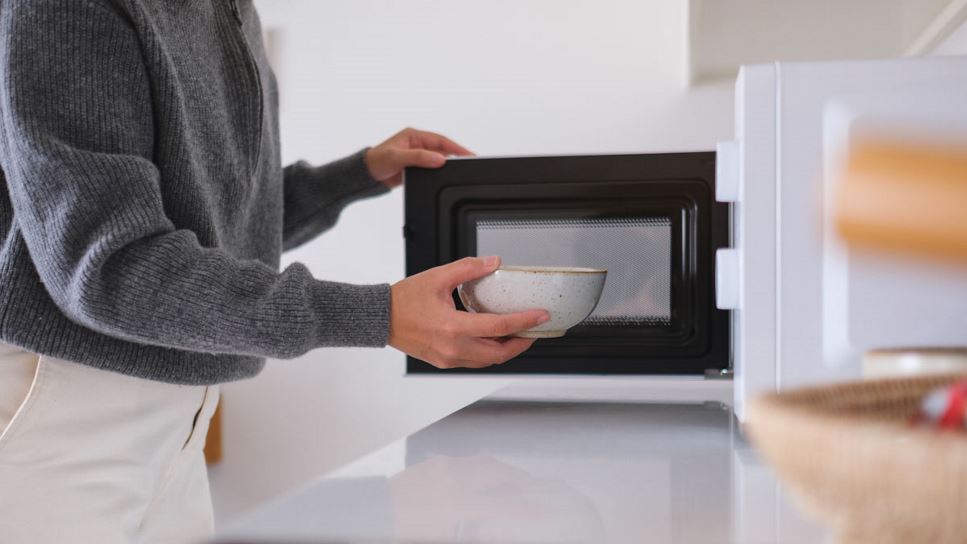Do you rely on a microwave for cooking your food? Read on and learn how to take proper food safety precautions and heat your food to the appropriate temperature.
Use Only Microwave-Safe Containers
- Look for cookware that is specially manufactured for use in the microwave oven.
- Make sure that glass, ceramic containers and all plastics are labeled as safe for microwave oven use.
- Do not use foam trays and plastic wraps because they are not heat stable at high temperatures. Melting or warping may cause harmful chemicals to migrate into food.
Learn Your Microwave's Power or Wattage
- Make sure that any electrical equipment in your kitchen, such as air fryers and toaster ovens, do not compete with the current or reduce the electrical wattage of a microwave.
- Set the microwave for the maximum time given in the instructions and avoid using an extension cord because power is reduced as it flows down the cord.
Thaw Food Using the Defrost Button on Your Microwave
- Remove food from packaging before defrosting.
- Cook meat, poultry, egg casseroles and fish immediately after defrosting in the microwave because some areas of the frozen food may begin to cook during the defrosting time.
Reheat and Cook Foods Safely
- Avoid microwaving food in original packaging (unless it specifically says microwave-safe) because chemicals from these products may migrate to the food.
- Microwave frozen meals according to package directions so they reach the proper internal temperature.
- Cut food for microwaving into same-size pieces to ensure even cooking.
- Cover food well to keep it moist, promote even cooking and prevent splatters.
- Rotate food for even cooking.
- Use a food thermometer to check doneness. Harmful bacteria are destroyed only when food is cooked to proper temperatures.
- Let reheated food “stand” after cooking in the microwave oven. Then, use a clean food thermometer to check that food has reached 165°F.
References
Find a Nutrition Expert
Looking for credible nutrition information and recommendations? The Academy of Nutrition and Dietetics' network of credentialed food and nutrition practitioners are ready to help!

